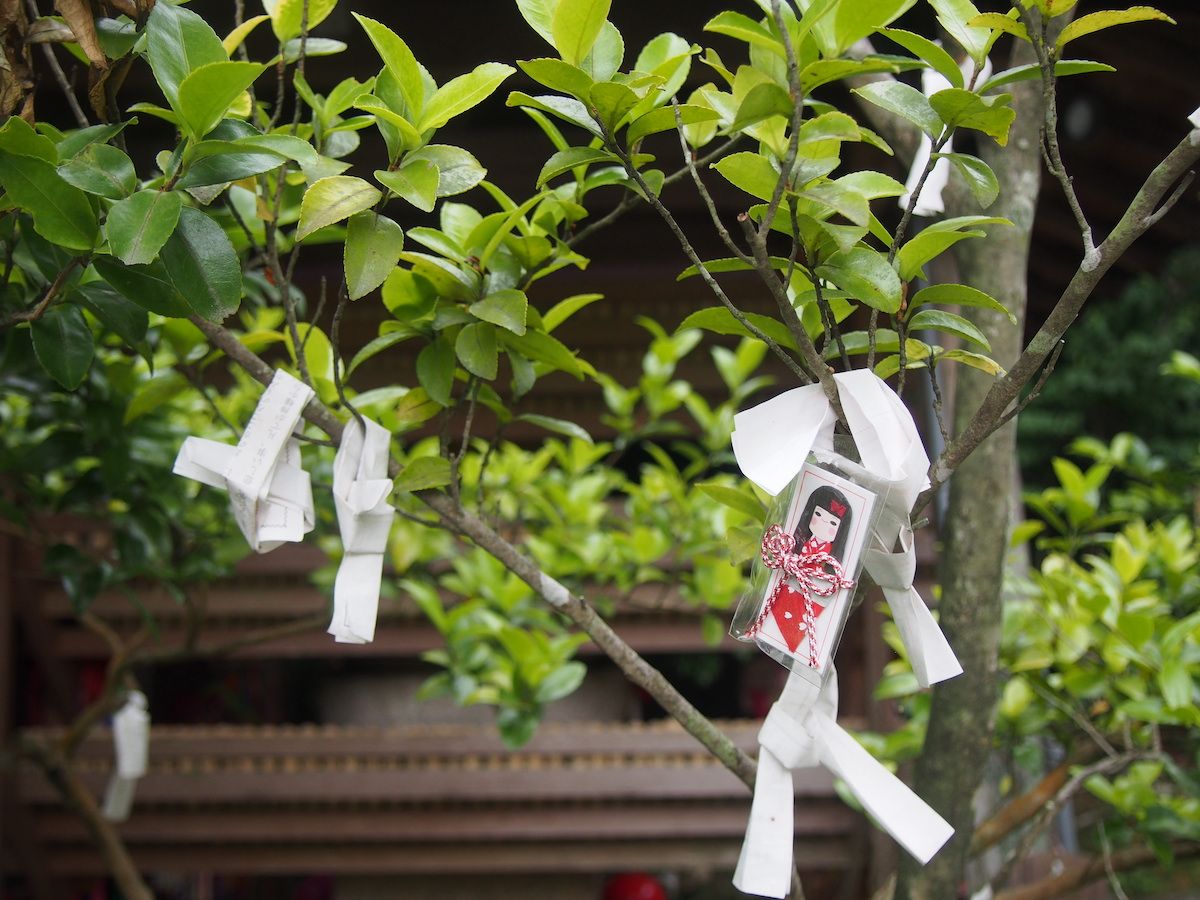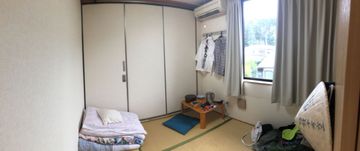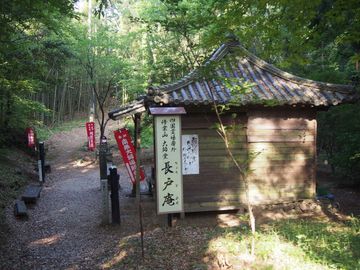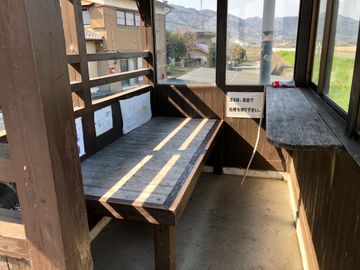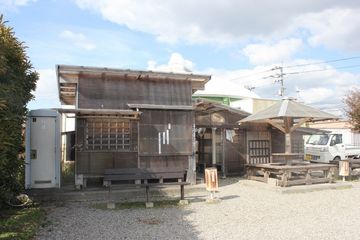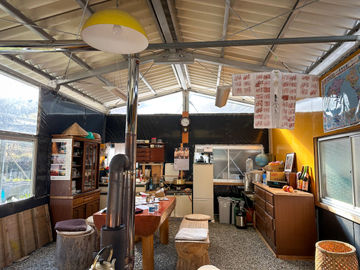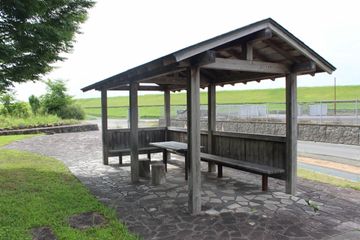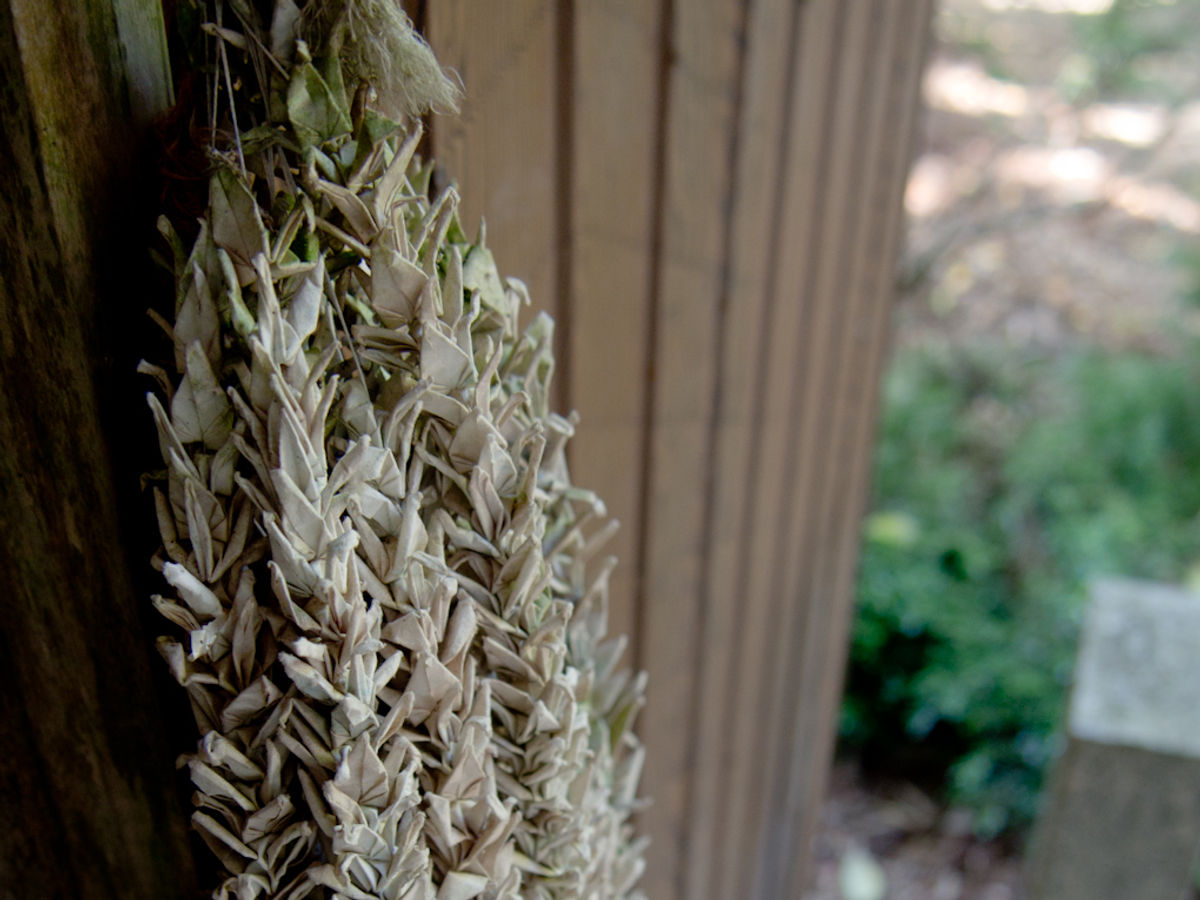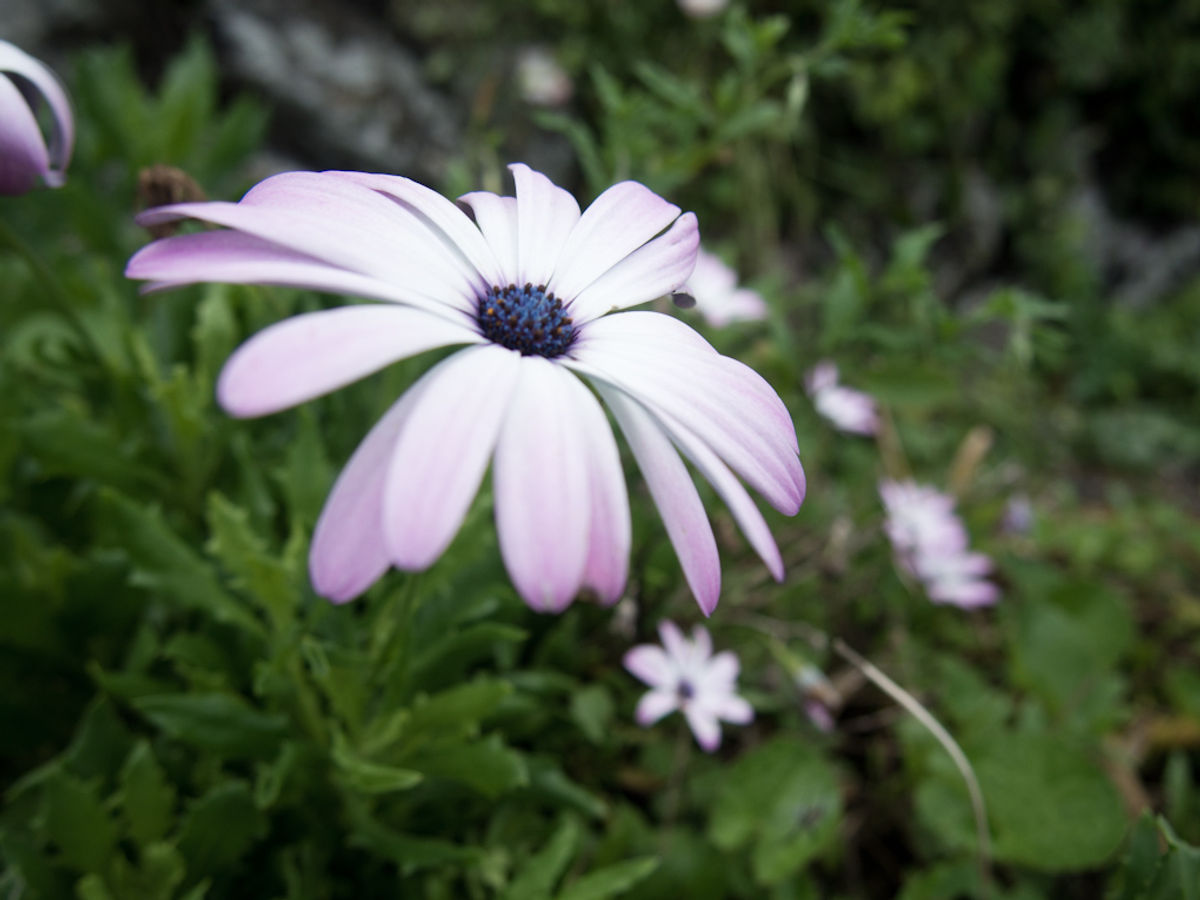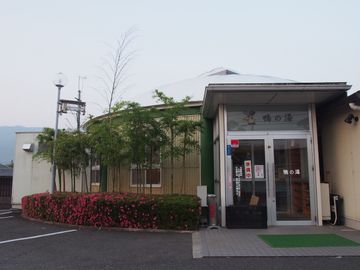
Fujiidera (藤井寺) is the 11th temple of the Shikoku Pilgrimage, located in Tokushima Prefecture, Shikoku, Japan. It is one of only three Zen temples among the 88 temples of the pilgrimage. Fujiidera translates to “wisteria temple”, named after the wisteria inside the temple grounds. Pilgrims can see them in full bloom in late April and May. It is said that the Buddhist monk Kukai (空海), whom the Shikoku Pilgrimage is based on, hand planted the five-colored wisteria in the 9th century.
The pilgrim route between temple 10 (切幡寺) and Fujiidera is the longest path between two temples since Temple 1 (霊山寺), though there will be even remarkly longer stretches between temples that lie ahead, sometimes spanning days. It is also the first section where pilgrims walk through uninterruped open rice fields and woods that showcase the beautiful nature of Shikoku. On the way to Fujiidera, pilgrims will cross the Awa Chuo Bridge, which spans Yoshino River, the longest river in Shikoku. These areas provide a first preview, or a snippet, of what a great portion of the pilgrimage ahead will be — scenic views of the ocean, towering bamboo forests, winding creeks lined with mossed rocks, and mountains that extend into the clouds, to name a few.
Fujiidera once had seven grand structures built on its temple grounds. They were destroyed by mountain fires during the Tensho period (1573-92). A later fire in 1832 further burnt the temple into ashes. The temple standing today was rebuilt in 1860. In the Main Hall, you will find a translucent Cloud Dragon design on the ceiling, painted by a local artist in 1977.
Fujiidera is located at the foot of the hiking path that leads up to Temple 12 (焼山寺), the first part of the pilgrimage that contains sections of henro gorogashi, or “pilgrim fall down”. They can be physically challenging for inexperienced hikers. Many pilgrims choose to stay overnight at an inn or hotel near Fujiidera before taking on the great hike up bright and early in the morning.
Hours
ClosedAmenities & Facilities
Key Distances & Elevations

